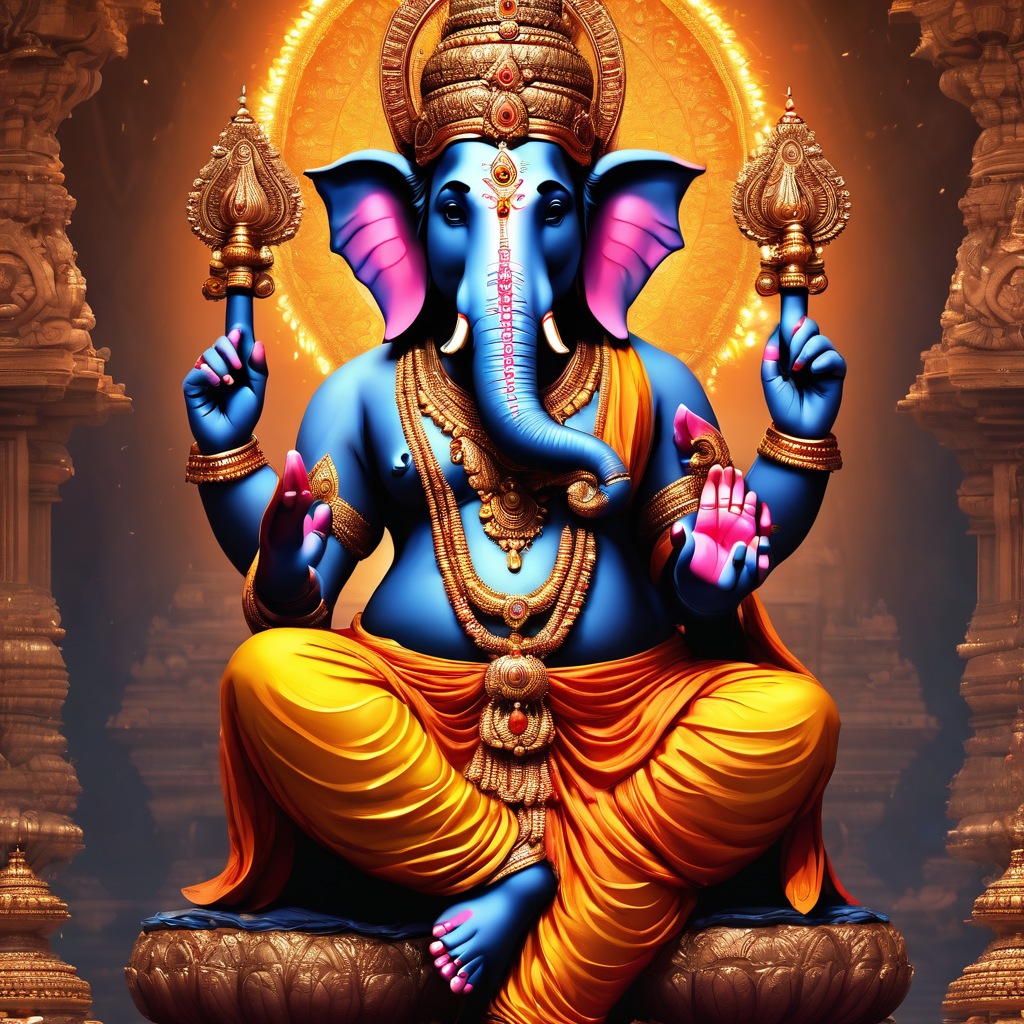At the onset of any sacred ceremony, Hindus invoke Lord Ganedha, the respected god whose head is that of a mammoth. It symbolizes the reverence and deep-rooted religious practice of the Hindus as they pay tribute to their god, Lord Ganesha with this ritualistic gesture.
There exists Lord Ganesha who is regarded as the most intelligent and the personification of mind and the destroyer of all hurdles in India. His birth story – laden with symbolism and myth, sheds light into why he is an integral part of rituals.
The goddess Parvati made Ganesha using earthly substances which she gave life to. She also commanded Ganesh to keep away everyone so that no one disturbed her home during her bath. Lord Shiva did not know that he was about to meet with Ganesha who obeyed the order of his mother and blocked him. It led to a war in which Ganesha’s head was cut off.
When Lord Shiva realized the critical and identity of the young guardian, Lord Shiva, repentant, pledged to restore life in Ganapati. He told his people that he will have the head of the first animal in life, which was apparently an elephant. Accordingly, it is believed that Ganesha came back to life with the head of an elephant which has become a signature mark on his figure.
There is symbolism behind Ganesha’s elephant head. A wise individual possesses high intelligence levels and an excellent memory and Ganesha has all these traits, which make him revere the elephant. The shape of his trunk, usually portrayed as wavy, symbolizes flexibility and effortlessly overcoming problems.Furthermore, Ganesha has big ears that depict the importance of listening and small eyes which show concentration and focused attention.
A ritual of worshipping Lord Ganesha at the onset of each undertaking emanates from the conviction he is the agent of propitious starts and expunger. People come and visit him for his blessings so that whatever they want to start goes well whether marriage, business or new house.
In the end, the ritual usually consists of chanting religious hymns, offering flowers, sweets, and lots of fruits plus incense sticks. Worship is more than just an obligation; it is also the ability to realize and invoke the divine within us and in all nature surrounding us.
Additionally, seeking Ganesha’s prior approval and goodwill when involving other gods is believed to lead to success in any endeavor. It should give a view that he clears the paths and removes every barrier that may hold oneself in achieving their goals.
Though, the material side of worshipping Lord Ganesha implies certain spiritual connotations. This leads us back into our selves for divination or the search of a higher wisdom that will allow us to conquer our inner difficulties like egotism, ignorance, and self-doubts. The message of Ganesha focuses on being humble and wise as one embarks on his journey towards enlightenment.
It means that there should be worship of Lord Ganesh before starting any deed or ritual as it ensures a good start, the recognition of divinity in all matters, and the receiving divine guidance during hardship or obstacles.
Worship of Lords Ganesha in complex web of rites reflects deep symbolism, divine origins and spiritual basis of Hinduism. It is also an unending prompt on how to ask for wise advice when starting a new venture, because wherever you go in this universe, there are many paths to cross.

